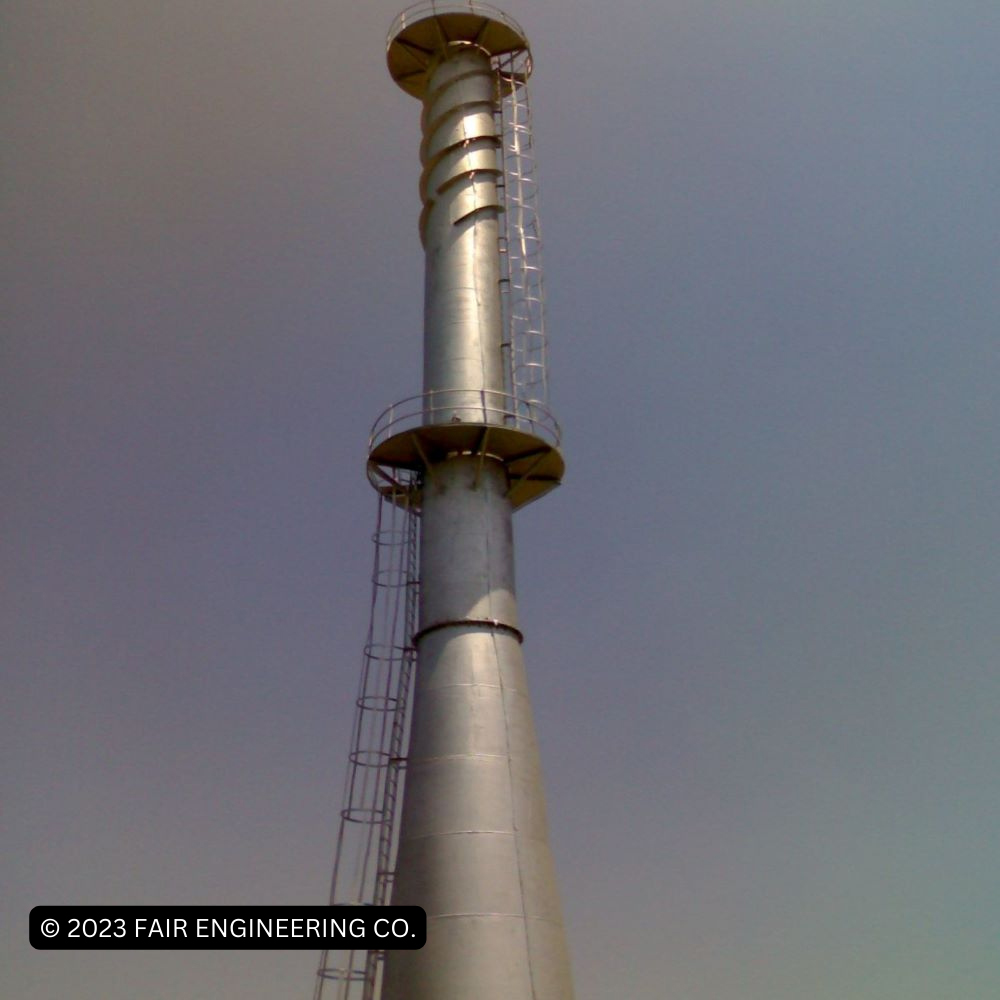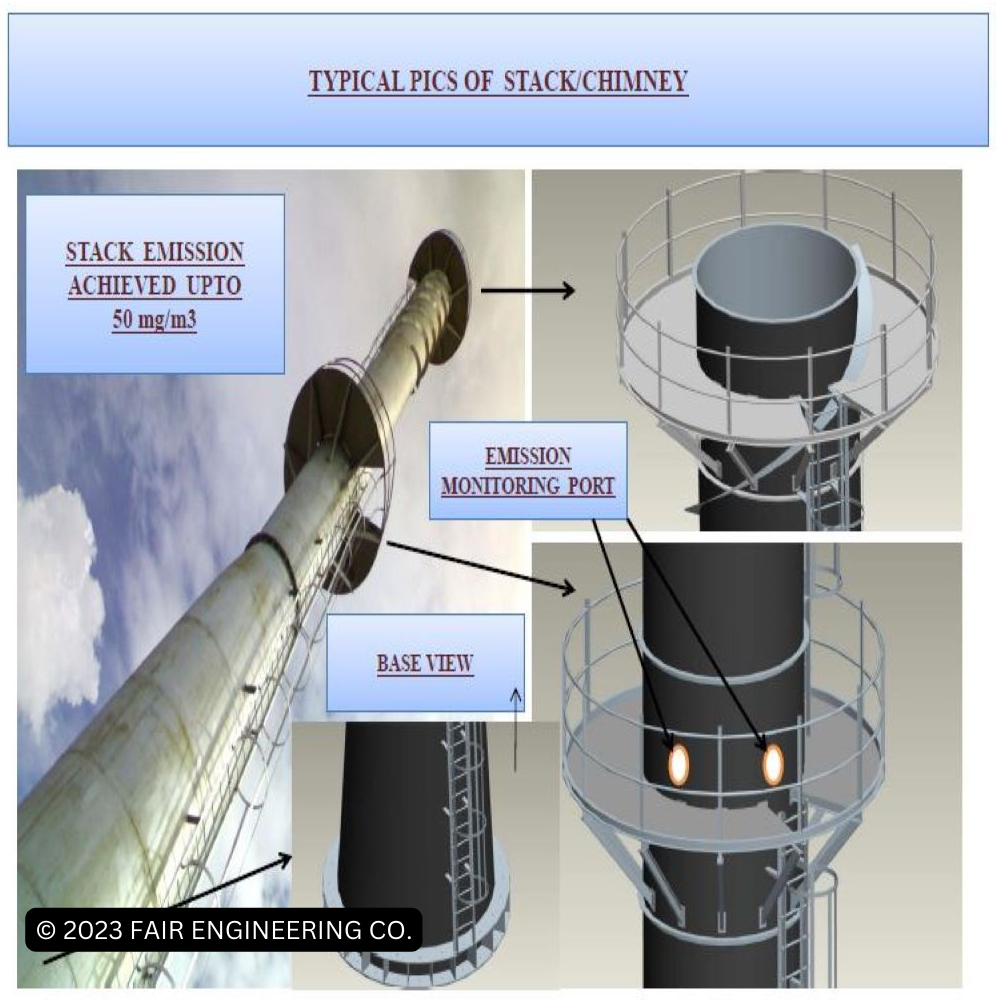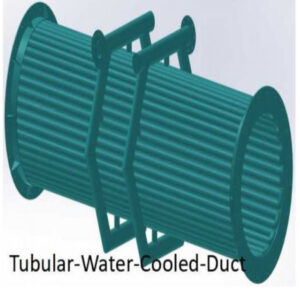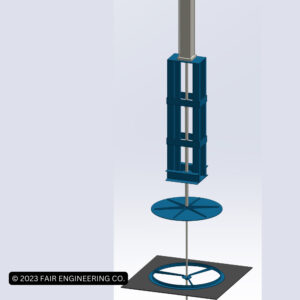Industrial stacks or chimneys are tall structures used to expel filtered air from industrial sources. They are most commonly used in steel plants, power stations, and other factories where emissions such as smoke, dust, and other pollutants need to be expelled.The size and height of stacks vary depending on the type of stack and the purpose for which it is used.
Description
Industrial stacks or chimneys are tall structures used to expel filtered air from industrial sources. They are most commonly used in steel plants, power stations, and other factories where emissions such as smoke, dust, and other pollutants need to be expelled.
The size and height of stacks vary depending on the type of stack and the purpose for which it is used. For steel plants, the stacks are typically tall and narrow, with heights ranging up to 20 meters. The size of the stack depends on the amount of air expelled from the building and the nature of the emissions.
The fume suction for air pollution control system occurs from industrial blowers whereas the exhaust outlet of blowers is connected to stacks/ chimneys. These exhaust airs are filtered to around 10 to 100mg/Nm3 and discharged in atmosphere through the stacks.
The types of stacks used in steel plants include wet and dry stacks. Wet stacks are used for dispersing water vapor and other liquid emissions. They are often equipped with cooling systems and mist eliminators to minimize the emission of pollutants. Dry stacks, on the other hand, are used for expelling air, smoke, and dust. They may also be equipped with scrubber systems or bag house systems to filter the smoke out.
Overall, industrial stacks are an essential part of steel plants and other industrial facilities. In addition to expelling emissions, they also help reduce the noise produced while expelling air by the industrial blowers and make it more comfortable for workers to work in plants.







